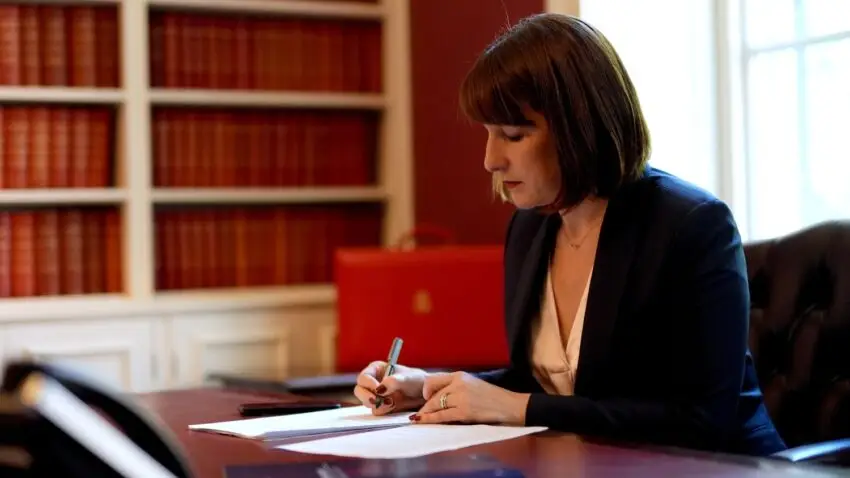Rachel Reeves is set to deliver her first budget on October 30, amidst growing anticipation and significant economic challenges. Reeves has made it clear that she will avoid a return to austerity, instead pursuing real-term growth in public spending, which will likely be funded by tax increases and selective borrowing. This bold approach is aimed at addressing the £22 billion deficit left by the previous administration.
Reeves has ruled out changes to the main income tax rates of 20%, 40%, and 45%. However, she is exploring adjustments to income tax thresholds, which could pull more earners into higher tax brackets. According to the Institute for Fiscal Studies (IFS), reducing the personal allowance or basic-rate limit by 10% could generate £10 billion and £6 billion annually, respectively.
Another significant consideration is limiting pension tax relief to the basic rate of income tax, potentially raising £15 billion per year. Alternatively, making employers pay National Insurance on pension contributions could generate £12 billion over five years. These reforms would target individuals currently benefiting from 40% or 45% relief while only paying 20% tax upon pension withdrawal.
Adjustments to Capital Gains Tax (CGT) are also on the table. Raising CGT rates or broadening the base of taxable assets could enhance revenues. Although aligning CGT more closely with income tax could deter investment, introducing inflation indexation might mitigate this negative impact.
On the subject of Inheritance Tax (IHT), Reeves may consider capping exemptions on pension wealth, business assets, and agricultural land, potentially raising an additional £2 billion annually. Eliminating relief on Alternative Investment Market shares, which are currently IHT-free, could yield another £1.1 billion.
Regarding fuel duty, which has been frozen since 2011, Reeves might end this long-standing policy. Such a move could potentially raise £6 billion annually and would support environmental objectives by promoting a shift to electric vehicles.
Stamp duty, often criticised for its inefficiency, is another area of potential reform. Although abolishing it entirely would cost £13 billion, Reeves is expected to opt for modifications aimed at enhancing market efficiency rather than outright removal.
Reeves could also target the private equity sector by taxing carried interest at income tax rates instead of the current 28% CGT rate, potentially generating £2 billion. However, behavioural changes within the sector might reduce the overall impact of this measure.
A one-off tax on banks is another possible measure, aimed at capturing the widened net interest margins that banks have enjoyed amid rising interest rates without passing the full benefits onto savers.
Finally, Reeves might tweak fiscal rules to create additional fiscal space. Such adjustments could minimise the impact of the Bank of England’s bond sales, potentially freeing up £15 billion for investment. Balancing fiscal responsibility with the need for growth, while avoiding measures that could stifle investment or consumer spending, remains a complex challenge for Reeves.
Rachel Reeves faces a daunting task as she prepares to deliver her first budget. Her forward-thinking strategy aims to balance fiscal responsibility with economic growth, while carefully avoiding measures that could hinder investment. The proposed adjustments across various tax areas reflect a nuanced approach to addressing the significant budget shortfall left by the previous administration.


